Counterfeit goods worth 50 mln yuan destroyed in Hubei.
BEIJING, April 26 (Xinhua) — Counterfeit goods worth over 50 million yuan (about 7.46 million U.S. dollars) were destroyed Friday in the city of Xianning, central China’s Hubei province. The goods, weighing more than 200 tonnes, included fake name brand items such as clothes, luggage, wines, daily chemical products and auto spare parts that had been seized in recent years. Among the goods were over 17,000 pairs of fake footwear which were confiscated by local authorities in 2017. Representatives from Nike, P&G, Moutai, and industry organizations were invited to witness the disposal of the fake and shoddy goods. The move shows the country’s resolve to crack down on the production and sale of counterfeit products and protect intellectual property rights, said an official with the State Administration for Market Regulation.
http://www.xinhuanet.com/english/2019-04/26/c_138012726.htm
Lear More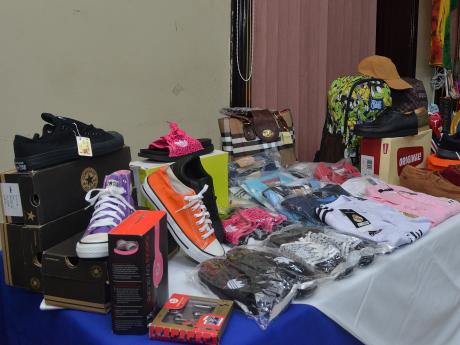
Police Destroy $2.6 Billion Worth Of Counterfeit Goods.
The police Counter Terrorism and Organised Crime Division (C-TOC) today destroyed just over $2.6 billion worth of counterfeit goods that were seized between 2012 and last year. At the same time, the Jamaica Customs Agency (JCA) has signalled that it is taking steps to dispose of nearly $6 billion worth of counterfeit goods that have accumulated at its warehouses in recent years. Dave Hanson, manager for the JCA’s Eastern Region Contraband Enforcement Team, said this includes $376.7 million worth of fake name brand items such as handbags, footwear, cigarettes and cigars that were seized last year. The other items were seized in previous years and are now stacked in over a dozen containers at JCA facilities. “We are not talking about chicken feed. These are significant sums that we have taken out of the pockets of criminals. These are significant sums that, when diverted, funds the underworld,” Hanson said.
http://jamaica-gleaner.com/article/news/20190425/police-destroy-26-billion-worth-counterfeit-goods
Lear More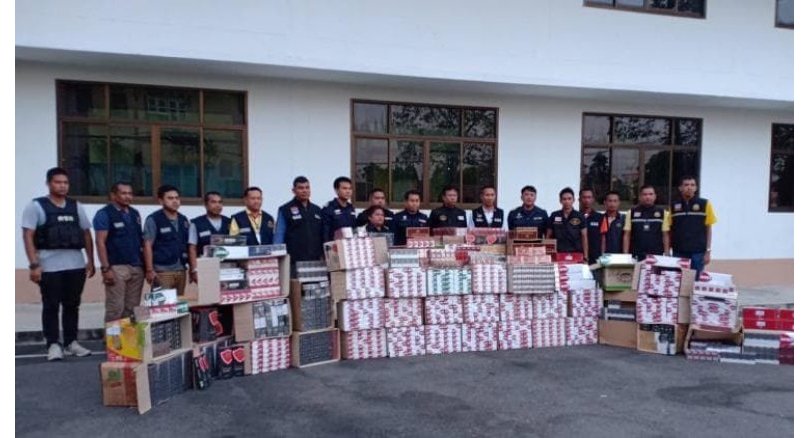
Pattani man arrested with huge haul of smuggled cigarettes
Police and Excise Department officials have arrested a man in Pattani’s Mayo district and seized 10,802 packets of foreign cigarettes.
Itthipol Liabyainak, who headed the team from Pattani’s Excise Office and Excise Office Region 9, held a press conference to announce the arrest of Yaman Pohleng, the owner of a grocery store in Tambon Sakhor Bon. Itthipol said the joint operation by Excise officials and border patrol police was carried out following tips-off that Yaman had allegedly opened the grocery store as a front for selling smuggled cigarettes. He said the seized cigarettes were worth about Bt10 million. Itthipol alleged that Yaman also used his grocery store as a hub for distributing the smuggled cigarettes to other shops in the area. He added that large quantities of foreign cigarettes were being smuggled through the three southern border provinces and that Excise officials would crack down on all the shops selling these illegal cigarettes.
http://www.nationmultimedia.com/detail/breakingnews/30368103
Lear More$15M Worth Of Counterfeit Products Seized In Vernon Bust.
In a raid in Vernon Thursday, authorities seized $15 million worth of counterfeit products in what is being called the largest such recovery of counterfeit goods ever on the West Coast. The multi-agency raid was conducted at a storage facility in the 4000 block of Alameda Street, the Los Angeles County Sheriff’s Department reports. The raid followed a six-month investigation in which investigators identified the storage unit as belonging to a large West Coast supplier and distributor of counterfeit goods. Several suspects were arrested in the raid, the sheriff’s department said. The exact number of suspects taken in to custody and their names were not released. The raid was conducted by members of the LASD Counterfeit and Piracy Enforcement Team, Los Angeles Police and Department of Homeland Security.
https://losangeles.cbslocal.com/2019/04/12/15m-counterfeit-products-vernon-bust/
Lear MoreBOC-Zamboanga seizes P35M worth of smuggled cigarettes.
The Bureau of Customs-Port of Zamboanga has seized P35 million worth of smuggled cigarettes in a recent operation with Armed Forces of the Philippines (AFP), Philippine Navy, and Philippine Coast Guard (PCG). In a statement on Thursday, the BOC said the contraband cigarettes were seized in the vicinity waters off Lower Calarian, Zamboanga last April 9. The bureau said the recent operation is the biggest in the Port of Zamboanga’s history. Port of Zamboanga district collector Segundo Barte Jr. said the collaborative effort is in compliance to the directive of Customs Commissioner Rey Leonardo Guerrero to intensify anti-smuggling operations in the ZAMBASULTA (Zamboanga, Basilan, Sulu and Tawi-Tawi) area. Barte said the operation stemmed from the intelligence report forwarded by the BOC-Intelligence Group on April 7 from Zamboanga residents.
Lear More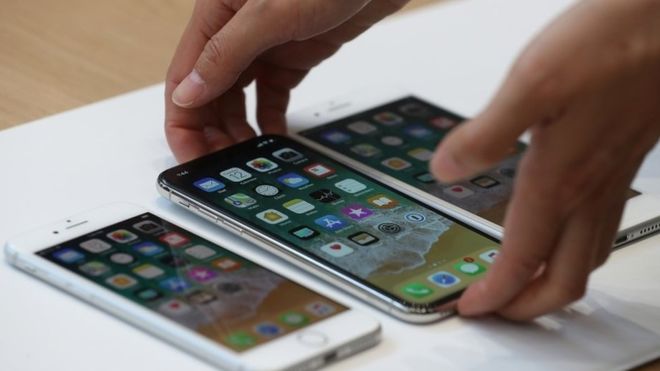
Men accused of $1m fake iPhone scam.
Two Chinese men studying in the US are accused of netting nearly $1m (£765,000) by sending “broken” fake iPhones to Apple for repair and getting official handsets in return. According to a criminal complaint filed last month, the counterfeit phones were shipped from China and the replacements were sent back there and sold on. Almost half of the fake iPhones were replaced with genuine ones. Both men claim they were unaware that the faulty phones were fake. Apple calculated that it lost $895,800 (£684,758) as a result of the alleged scam. Zhou Yangyang and Jiang Quan, students at Oregon State University, are named in the complaint. Both are Chinese citizens on student visas. The alleged scam was uncovered after customs officers opened five suspicious packages en route from Hong Kong, which appeared to contain counterfeit iPhones.
https://www.bbc.com/news/technology-47867091
Lear More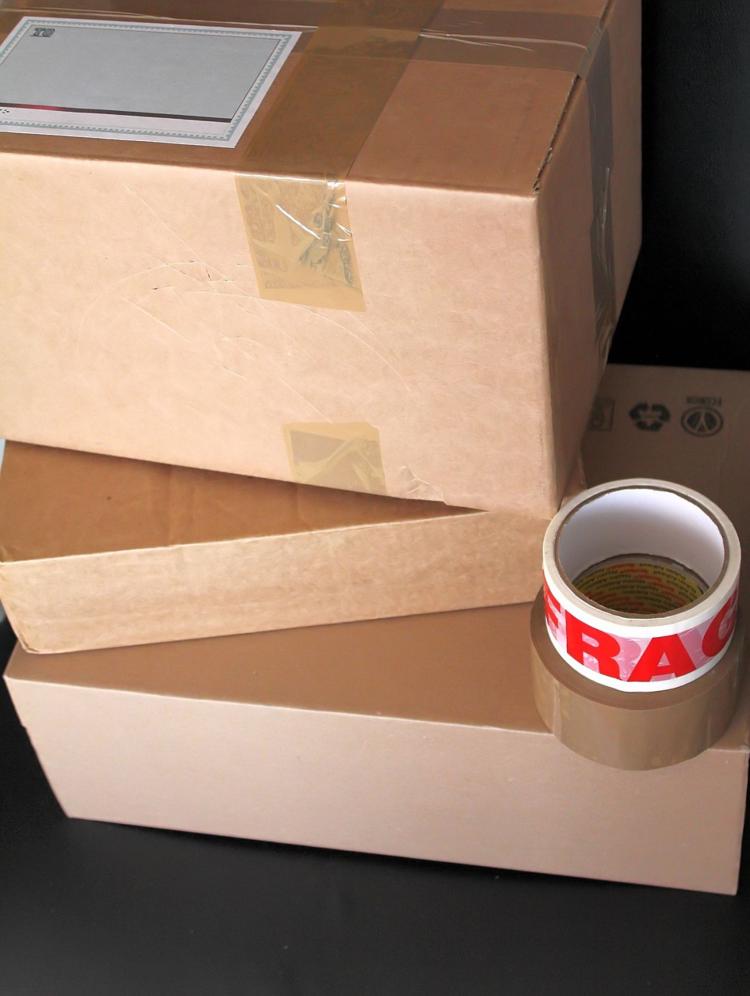
MI man pleads guilty to attempting to smuggle goods into the U.S.
A Michigan man, with Mid-Michigan connections, has plead guilty to attempting to smuggle goods into the United States. According to court records, Curtis Wenzlaff, from Marquette, operated a domestic profit corporation, Sanno Industries, out of his home previously located in Flushing. Wenzlaff was acting as a drop shipper for companies outside the United States and was paid to assume the risk and consequences of the U.S. government identifying, seizing, and refusing entry of products illegally imported in to the United States, according to the records. Beginning in July 2014 and continuing until April 2016, Wenzlaff was involved with smuggling into the United States products commonly used to make drugs regulated by the U.S. Food and Drug Administration, officials charged.
Lear More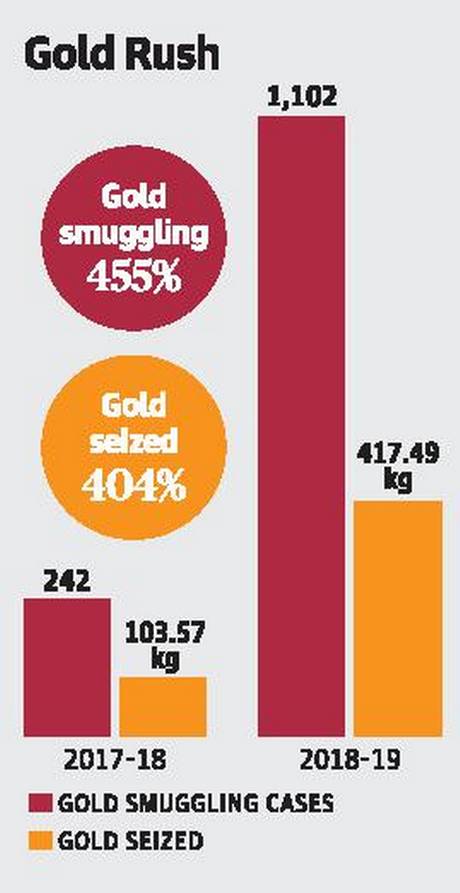
Quantum jump in gold seizure at airports
Spurt in seizure of cigarettes and foreign currency too. The State witnessed an unprecedented gold rush through all its international airports in the just-concluded financial year going by the statistics drawn up by the Customs Department. The number of cases for gold smuggling went up from 242 in 2017-18 to 1,102, an increase of 455%. The quantity of gold seized also made a quantum jump from 103.57 kg to 417.49 kg, registering a staggering increase of 404%.
Lear More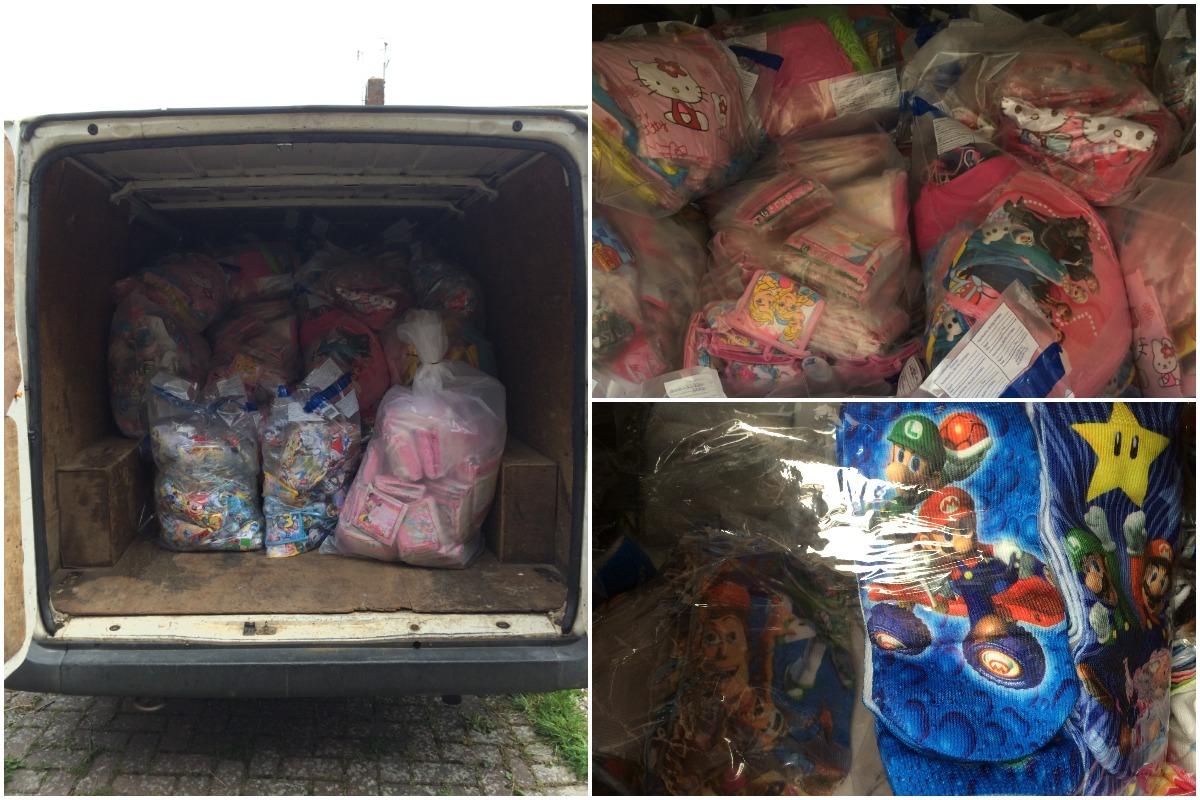
Andrejs Ozolins sold £52k of fake Disney products.
Andrejs Ozolins used Amazon and Ebay to sell clothes and accessories featuring Walt Disney characters. West Sussex trading standards officers found that he was also selling items which featured Nintendo characters, Hello Kitty, Spongebob Squarepants, and Angry Birds. He had £52,000 worth of counterfeit tat in his conservatory. Test purchases showed the 41-year-old was selling fake goods. He admitted ten charges at Worthing Magistrates’ Court, where he was ordered to complete 150 hours of unpaid work. Trading standards team manager Richard Sargent said: “This is one of the largest seizures of counterfeit goods in West Sussex ever taken by West Sussex Trading Standards. The products were worth an estimated £52,000 and there was enough in his house to fill a van.
https://www.theargus.co.uk/news/17538904.andrejs-ozolins-sold-52k-of-fake-disney-products/
Lear More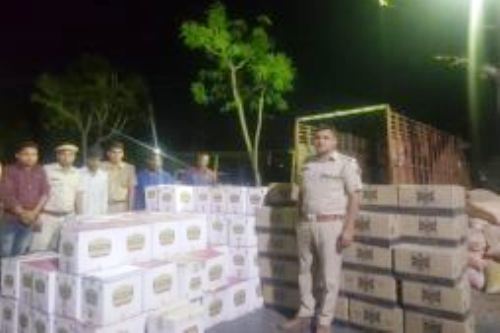
Illegal Liquor Seized Smuggling of Liquor was for distribution in Gujarat during Lok Sabha election campaign activity
An Eicher truck with number UP14 AF 9521 allegedly transporting illegal liquor for distribution in Gujarat during the ongoing Lok Sabha election campaign work was seized by the police team under supervision of Zawar Mines CI Bharat Yogi today. The liquor was being transported from Haryana. A team from Zawar Mines was acting on messages communicated by an informant after the Udaipur District SP Kailashchandra Bishnoi launched a campaing to block vehicles which would be identified as possible carriers of illegal liquor. 206 bottles worth over Rs 30 Lakhof illegal liquor consisting of Episode Classic Whiskey (121 cartons), Mc Dowells (55 cartons), Royal Challenge (30 cartons) were seized in this exercise which was a big achievement for the team. On receving information, the police team from Zawar Mines laid a road block near Oda village at Kevde ki Naal. An Eicher suspected to be carrying liquor was stopped the driver, Roshanlal Meghwal, resident of Udaipur was asked for papers and license.
Lear More


